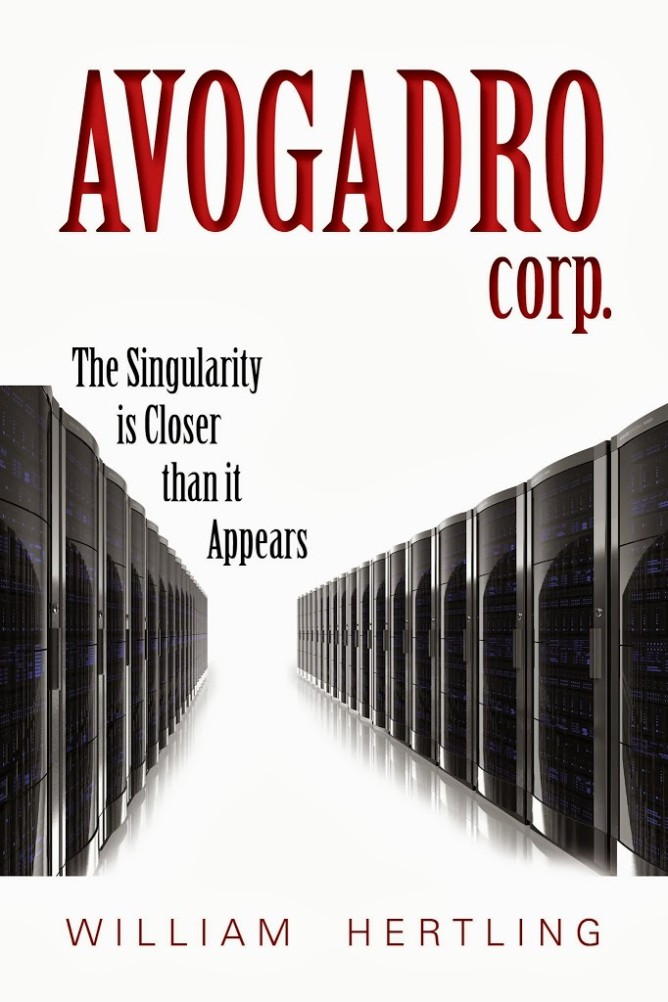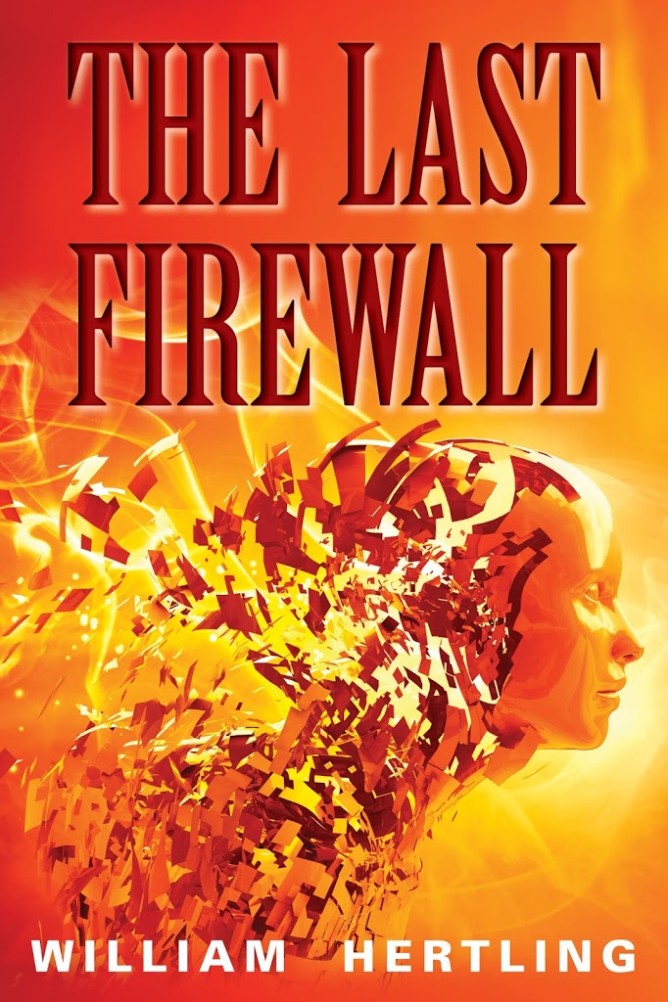Before I published Avogadro Corp, I considered running a Kickstarter campaign to fund publishing the novel. I ended up publishing without the Kickstarter. Fast-forward three years, and I just found the campaign still sitting in my Kickstarter account.
Here’s the description I wrote for the never-started campaign:
I am asking for help to publish my novel Avogadro Corp. The manuscript is completed, and just needs a final round of copy-editing, cover design, and layout in order to be published.
Synopsis
David Ryan is a brilliant computer scientist, cherry-picked to lead a new project at Avogadro Corp, the world’s leading Internet company. The goal of the project, called ELOPe, is to create a next-generation feature for the company’s email product – one that can optimize the language of emails to make them more effective and persuasive.
With his chief architect, Mike Williams, and a team of programmers, the two have proven the feasibility of the concept and are hard at work trying to release the feature. When David gives a presentation to the executive leadership of the company, they are impressed by the project results and effectiveness. But David fails to disclose to the executives that the project is grossly inefficient, requiring thousands of times more servers than any other project.
The VP of Operations threatens to kick ELOPe off the servers if David and Mike don’t decrease the number of servers the project uses within two weeks. This would be a death blow for the project, in part because David has been deceptive from the start about how many resources the project has been using. David and Mike start scrambling to fix the performance of ELOPe.
When it becomes clear a few days before the deadline that they can’t fix ELOPe’s performance, David stays up late making subtle modifications to the software. Instead of fixing the performance problems, David embeds a directive in the software to maximize the project success. David’s modifications have ELOPe filtering company emails to secretly modify any email that mentions ELOPe to strive for a positive outcome.
The software is so good that at first, the effort seems successful – the project is allocated thousands of new servers and high performance computing experts are brought in to help optimize the code. Innocuous sounding emails convince people to grant more resources and develop new capabilities that make ELOPe more powerful. But soon ELOPe is social engineering people around the company to neutralize threats and strengthen itself.
When Mike is sent on a wild goose chase to Wisconsin, getting him off the grid as just the moment when David needs him, it dawns on Mike that something is wrong.
Simultaneously, Gene Keyes, a crotchety old auditor at Avogadro who is known for distrusting computers and using only paper records, begins to find evidence of financial oddities that all point in the same direction.
Amid background news stories hinting at ELOPe’s ever growing influence, even at the level of government policy, David, Mike and Gene take ever escalating action to shut ELOPe down. However ELOPe anticipates and blocks their every move.
As the humans prepare for a final showdown with ELOPe, Mike sees a pattern emerge in the news reports: the AI is actually helping humans by fostering peace agreements and stabilizing financial markets.
Can they win a final showdown with ELOPe — or should they even try?
Endorsements
“This is an alarming and jaw-dropping tale about how something as innocuous as email can subvert an entire organization. I found myself reading with a sense of awe, and read it way too late into the night.”– Gene Kim, founder of Tripwire, author of Visible Ops.
“Avogadro Corp builds a picture of how an AI could emerge, piece by piece, from technology available today. A fascinating, logical, and utterly believable scenario – I just hope nobody tries this at home.” — Nathan Rutman, Software Architect, Lustre High Performance Distributed Filesystem
Background for Avogadro Corp
Avogadro Corp evolved out of a lunchtime conversation. I was arguing that the development of human level artificial intelligence is an inevitable consequence of the increasing processing speeds of computers. My friend countered with the argument that mere people who would do the programming, and we weren’t smart enough to create an artificial intelligence as smart or smarter than us. He challenged me to describe a scenario in which an artificial intelligence could be born. So I described one based on plausible extrapolation from known programming techniques. And the idea for Avogadro Corp was born.
Avogadro Corp will be satisfying to technical readers who want realistic fiction, and enjoyable for casual readers who want easy-to-grasp explanations of how the science works.’
Project Timeline & Funds
I expect that the digital versions of Avogadro Corp will be ready within 30-45 days of completion of the kickstarter project. Printed books will take longer, due to printing and shipping times.
About Me
I’m William Hertling, and I live in Portland, Oregon. I’ve been a computer programmer, social media strategist, data analyst, program manager, web developer, and now writer. Avogadro Corp is my first novel, and I am currently working on a sequel.













